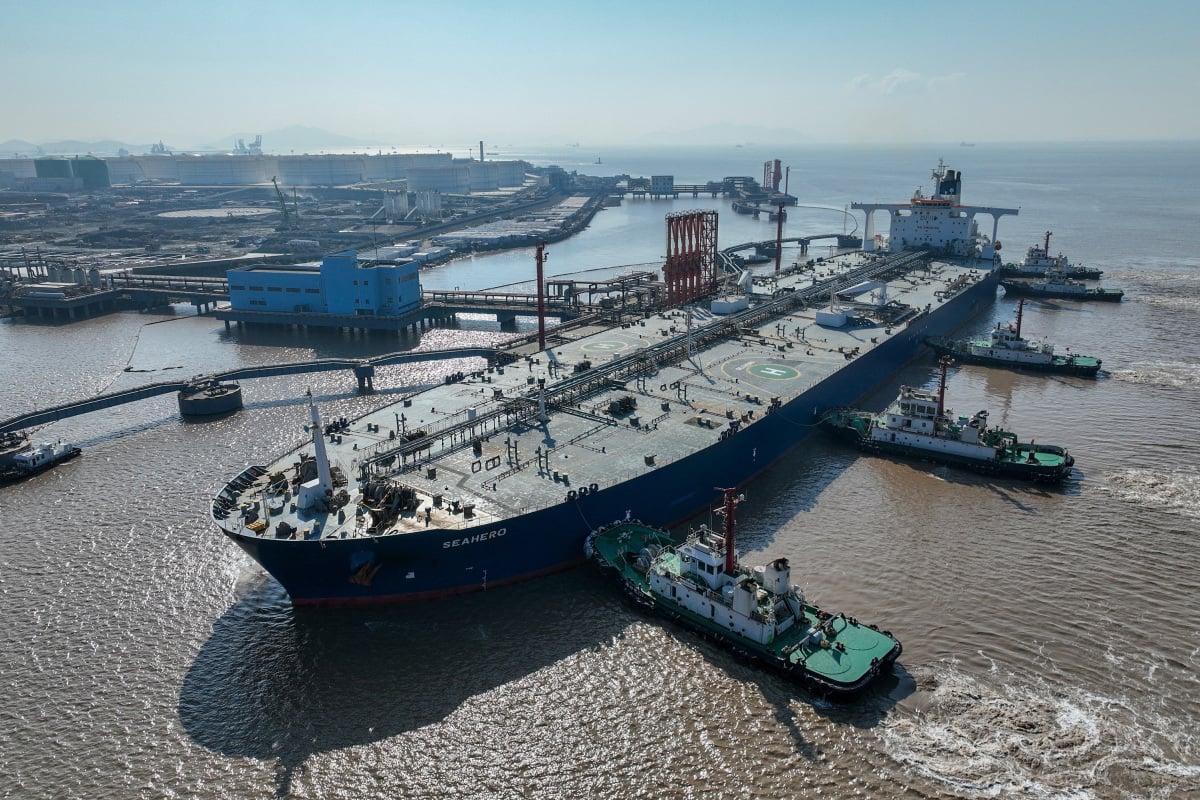
Oil prices accelerated on positive signs of demand, amid a drop in supply due to Ukraine's attack on Russian oil refineries.
On the morning of April 2, each barrel of Brent oil increased by 0.4%, to 87.8 USD. WTI oil also had a new price of 84 USD per barrel. This is the highest price since the end of October 2023.
Earlier, Brent and WTI prices both rose 1% at the close of the April 1 session. The reason was that investors predicted that the US and Chinese economies would improve, leading to higher oil demand. For example, in the US, the manufacturing index in March increased for the first time in 1.5 years.
Last week, the US Commerce Department released data showing that the personal consumption expenditures (PCE) index - the US Federal Reserve's preferred inflation measure - slowed in February, with energy and housing costs falling significantly. Most analysts believe that the PCE slowdown will help maintain the possibility of the Fed cutting interest rates in June, which will boost the economy and increase oil demand.
In China, the manufacturing index also rose again in March. The country is now the world's largest importer of crude oil. "Chinese oil demand is the only major factor, barring geopolitical volatility, that is likely to push fuel to new highs. A recovery in oil consumption and increased summer gasoline use could push prices to $100 a barrel," Bob Yawger, director of energy derivatives at Mizuho, predicted.
Similarly, oil demand in Europe grew more than expected, reaching 100,000 barrels a day in February, according to Goldman Sachs, contrary to analysts’ forecasts that oil consumption in the region would fall by 200,000 barrels a day this year.
While demand is rising, oil supplies are tightening as the Organization of the Petroleum Exporting Countries and its allies (OPEC+) cut production. Saudi Arabia , the world's top oil exporter, may raise the official selling price of its Arab Light crude in May, according to Reuters sources.
Russian oil companies will cut production, rather than cut exports, in the second quarter in line with OPEC+ production cuts. Ukrainian drone attacks on Russian refineries have also reduced Moscow's refining capacity.
Ha Thu (according to Reuters)
Source link



![[Photo] Bustling Mid-Autumn Festival at the Museum of Ethnology](https://vphoto.vietnam.vn/thumb/1200x675/vietnam/resource/IMAGE/2025/10/4/da8d5927734d4ca58e3eced14bc435a3)
![[Photo] General Secretary To Lam attends the 8th Congress of the Central Public Security Party Committee](https://vphoto.vietnam.vn/thumb/1200x675/vietnam/resource/IMAGE/2025/10/4/79fadf490f674dc483794f2d955f6045)

![[Photo] Solemn opening of the 8th Congress of the Central Public Security Party Committee, term 2025-2030](https://vphoto.vietnam.vn/thumb/1200x675/vietnam/resource/IMAGE/2025/10/4/f3b00fb779f44979809441a4dac5c7df)

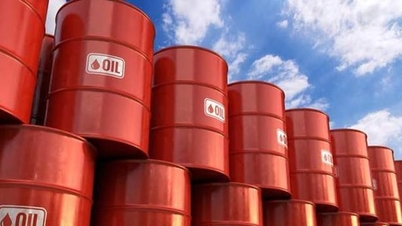



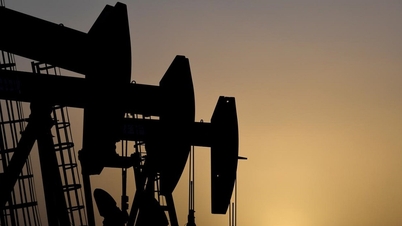




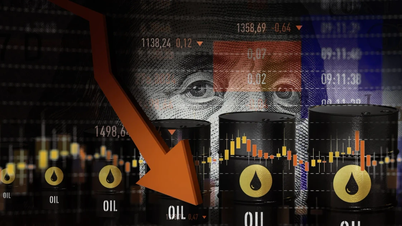













































![[VIDEO] Summary of Petrovietnam's 50th Anniversary Ceremony](https://vphoto.vietnam.vn/thumb/402x226/vietnam/resource/IMAGE/2025/10/4/abe133bdb8114793a16d4fe3e5bd0f12)

![[VIDEO] GENERAL SECRETARY TO LAM AWARDS PETROVIETNAM 8 GOLDEN WORDS: "PIONEER - EXCELLENT - SUSTAINABLE - GLOBAL"](https://vphoto.vietnam.vn/thumb/402x226/vietnam/resource/IMAGE/2025/7/23/c2fdb48863e846cfa9fb8e6ea9cf44e7)






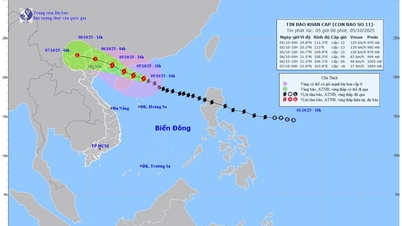




























Comment (0)